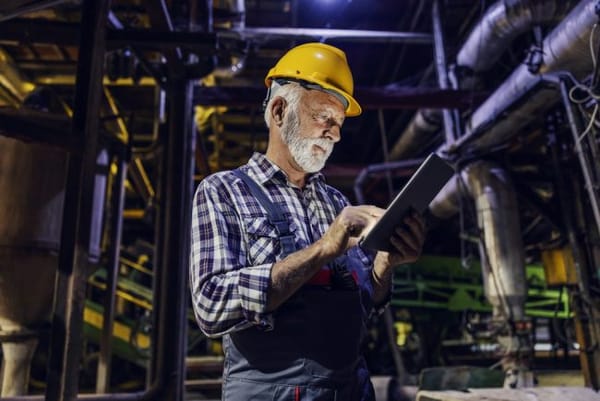How to minimise risk and maximise potential in older workers
Recent research has shown that older workers may be more resilient to burnout, but employers need to ensure they are conscious of the risks to older workers when planning their systems of work.
A South Korean study published in August 2021 found, among other matters, that older workers were significantly less likely to suffer burnout than younger colleagues. The research sought to explain the findings by reason of the greater work experience and proficiency of older workers who had managed a competitive and stressful performance program. In terms of the impact of the COVID-19 pandemic, the importance of resilience cannot be understated.
The benefits of older works doesn’t end with resilience.
Other benefits include:
- workers aged over 55 are five times less likely to change jobs than workers aged 20–24 years;
- older workers are less likely to take days off for illness or to care for others, and are less likely to experience work-related injuries than other workers;
- older workers are often excellent workplace mentors or coaches;
- older workers typically have a broad base of transferrable knowledge and skills; and
- work history and performance background can be more easily checked with older workers.
Having said that, it is also clear that ageing workers face specific occupational health and safety issues. These include, in general, decreased physical capacity, fatigue, increased rates of musculoskeletal disorders and a greater incidence of disease.
Some steps your business can consider taking to promote the engagement of older workers include:
- Educating managers and others with work health and safety responsibilities. The training can address common age-related changes and implications for health and safety. You should train managers about preventative and remedial measures that can be put in place to assist the ageing worker because people age differently. It is important to avoid assumptions about their capacity to work based purely on their actual age.
- Implementing risk management processes and activities that address capacities for work. Work should be matched to older workers and risk profiles for them should be no higher than for other worker. The advantage of adopting this approach is that any action taken to reduce risks to older workers often has the potential to improve health outcomes for others in the workplace.
- Considering an individual’s work ability. Consider how each individual’s strengths could compensate for any age-related impairment.
- Taking proactive steps. You should implement measures that prevent harm to the whole of the workplace by understanding that the health of younger workers can be impacted over a long period of time.
Find more helpful tips to manage the health and safety risks to older workers in the Health & Safety Handbook chapter Mature-age workers.
From the experts behind the Health & Safety Handbook, the Bulletin brings you the latest work health and safety news, legal updates, case law and practical advice straight to your inbox every week.

